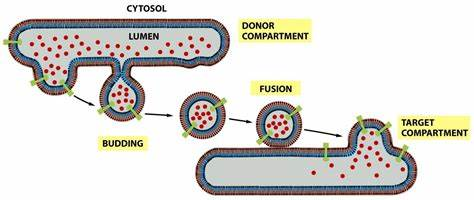Chapter 12: Intracellular Compartments and Protein Soring
Compartmentalization of Cells:
- In eukaryotic cells, there is extensive compartmentalization of cytoplasm due to the presence of membrane-bound organelles.
- In prokaryotes, there is the presence of a single intracellular compartment surrounded by plasma membrane but there is an absence of membrane-bound cell organelles.
Membrane-bound organelles
- Mitochondria, Nucleus, and Chloroplasts are double membrane-bound organelles.
- The endoplasmic reticulum, Lysosome, Golgi body, and the rest of the organelles except the centriole and ribosome are single membrane-bound organelles.
Endoplasmic Reticulum
It is a network of tubular structures scattered on the cytoplasm called the endoplasmic reticulum. The components of ER include cisternae, vesicles, and tubules.
ER divides the intracellular space into distinct components which are luminal (inside ER) and extraluminal (cytoplasm) compartments.
If there is the presence of ribophorin protein on ER then it is called as rough endoplasmic reticulum whereas in the absence of ribophorin it is called smooth endoplasmic reticulum.
It functions as detoxification of steroids, protein synthesis, and synthesis of lipids. It also provides mechanical support. It also helps in the formation of the nuclear membrane.
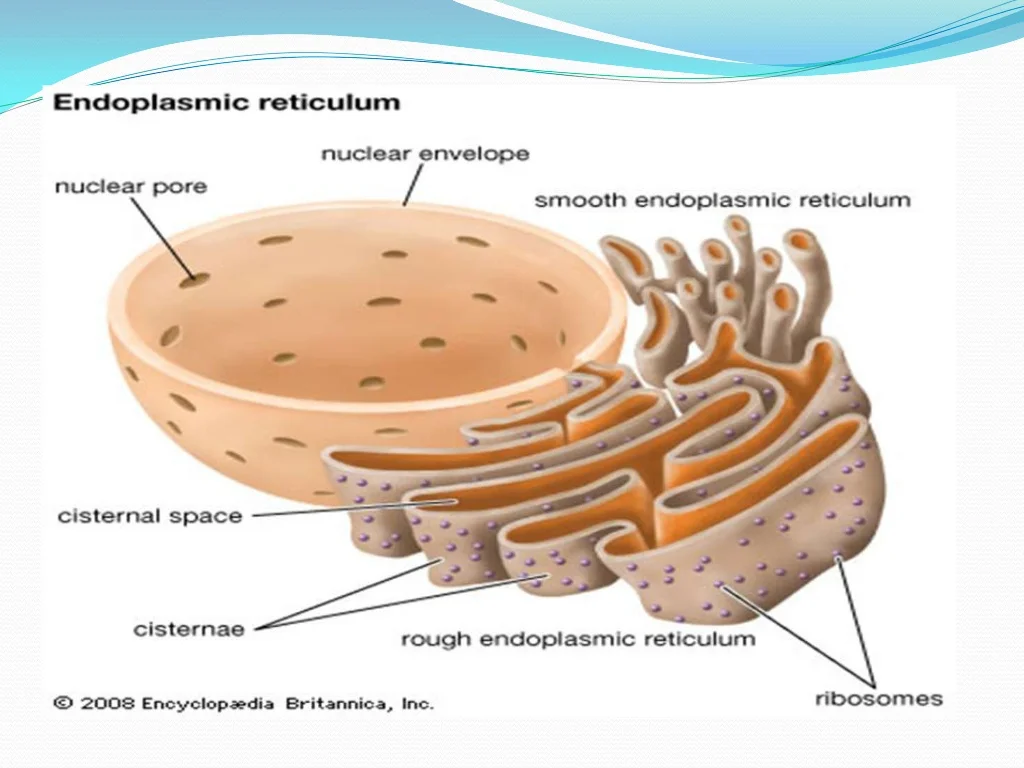
Golgi Body
It is discovered by Camillo Golgi.
It is mainly responsible for the formation and packaging of glycoproteins and glycolipids.
It is found more in number in secretory cells.
It also consists of cisternae, vesicles, and tubules.
Materials to be packaged in the form of vesicles from the ER fuse with the cis face of the Golgi apparatus and then move towards to the maturing phase.
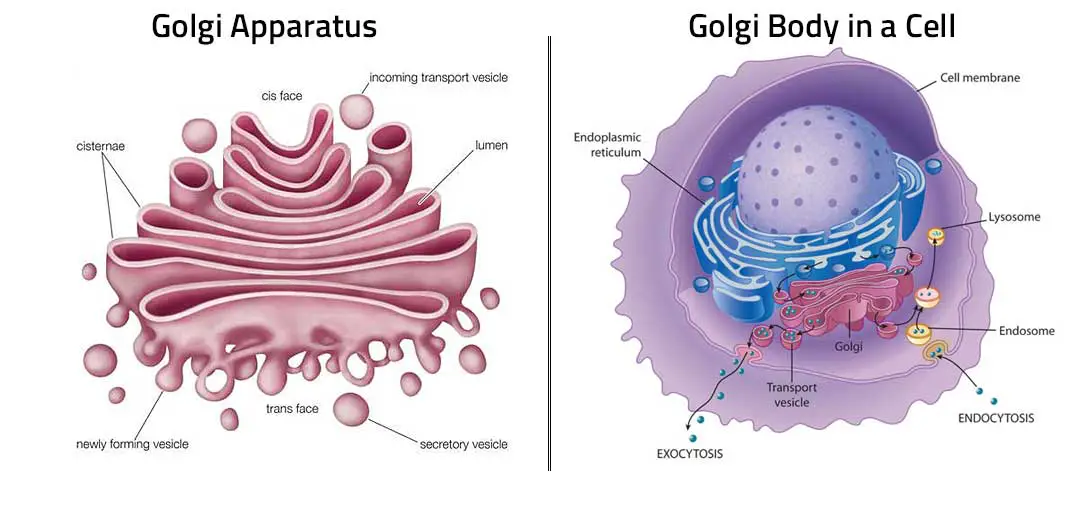
Lysosome
The membrane-bound vesicular structures formed by the Golgi apparatus have been filled with hydrolytic enzymes in an acidic pH which helps in the digestion of carbohydrates, protein, lipids, and nucleic acids.
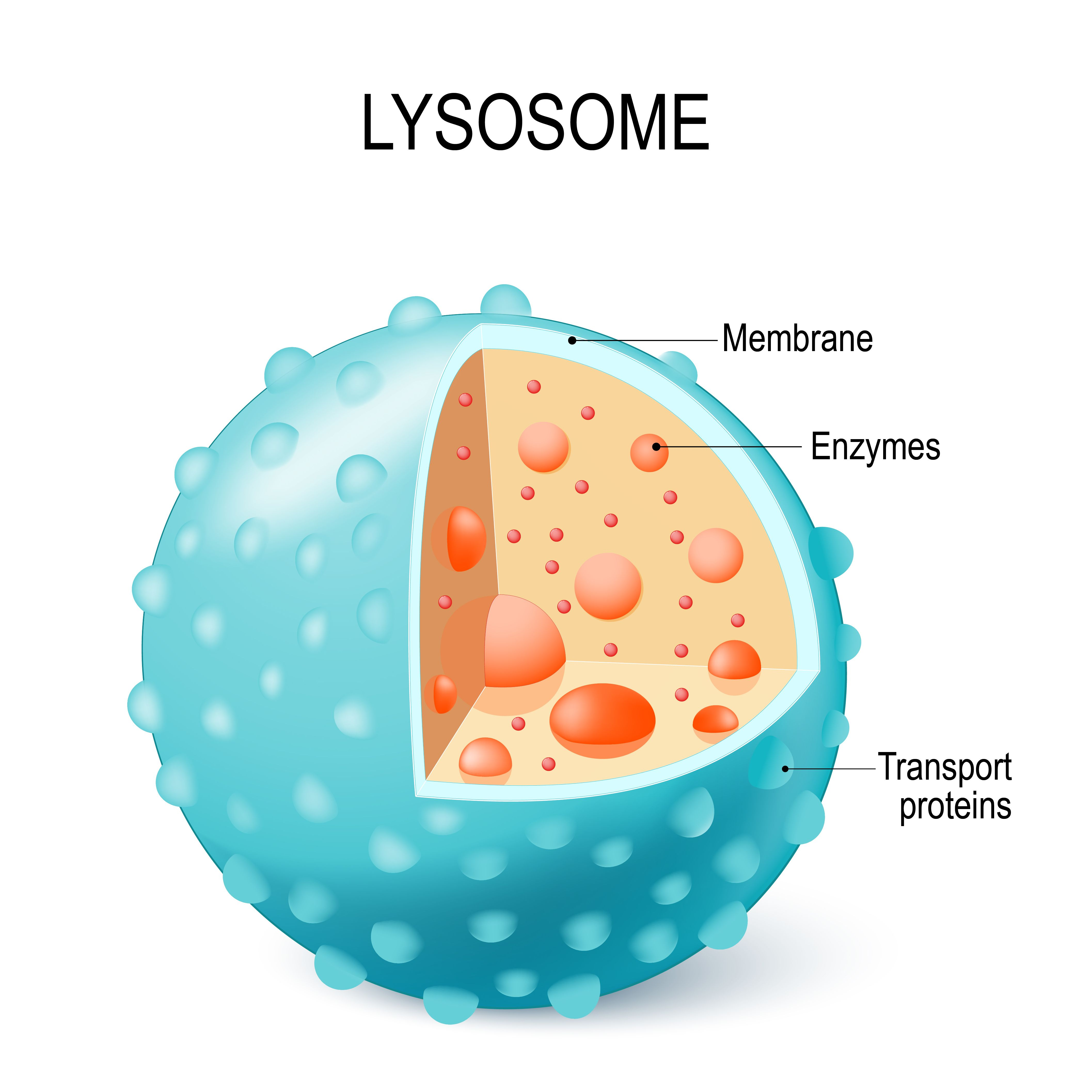
Mitochondria
It generates the energy currency of the cell i.e., the ATP which drives major reactions in the cell.
Powerhouse of a cell.
It is a double-membrane bound structure with a circular DNA, 70S ribosomes, and protein-synthesizing machinery.
It divides by fission.
It is visible under the microscope when stained with Janus Green.
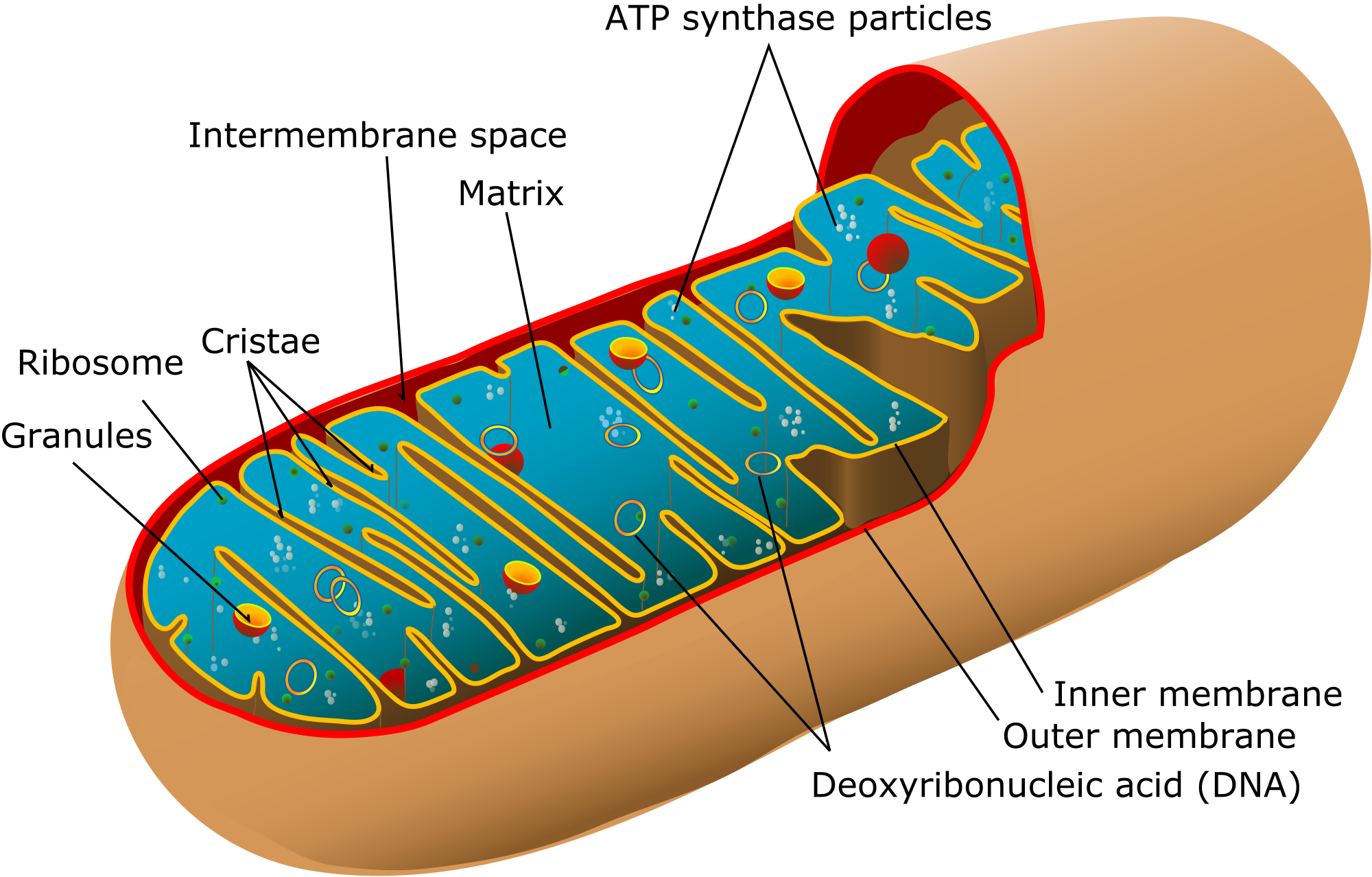
Chloroplast
Only found in plant cells.
Double-membrane bound structures with 70S ribosomes, a circular DNA, with protein-synthesizing machinery.
It is a type of plastid.
All the photosynthetic reactions like the light and dark reactions occur here.
It appears to be green due to a pigment called chlorophyll.
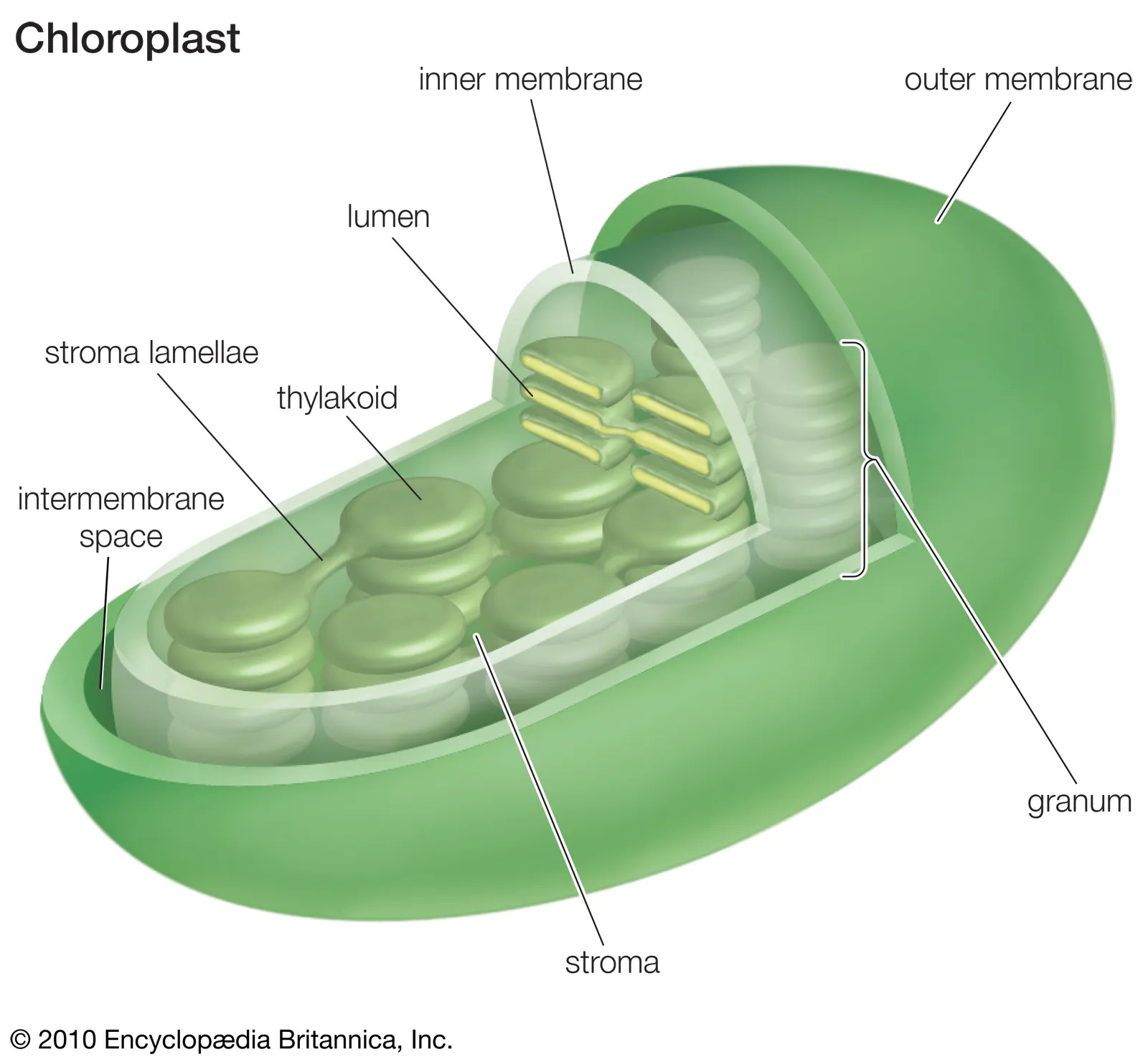
Vacuole
It is a single membrane structure.
It is bounded by tonoplast.
It occupies 90% of the volume and is only found in plant cells.
It contains all the secretory and waste materials in it. The concentration of ions and solutes is higher than the cytoplasm of the cell.
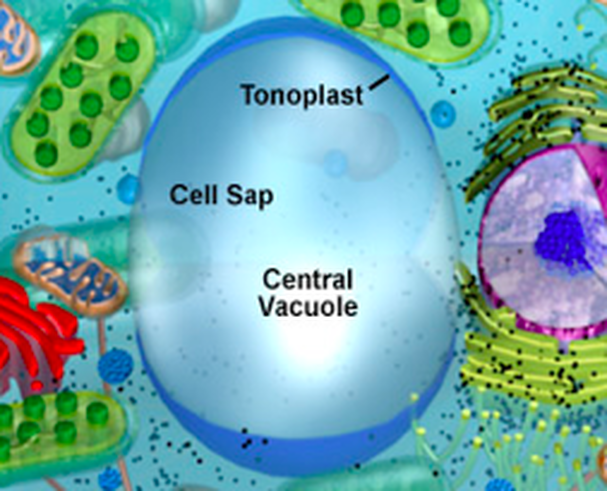
Nucleus
Double membrane-bound structure.
It contains the genetic material DNA which gets passed on from generation to generation and maintains the hereditary relations across many generations.
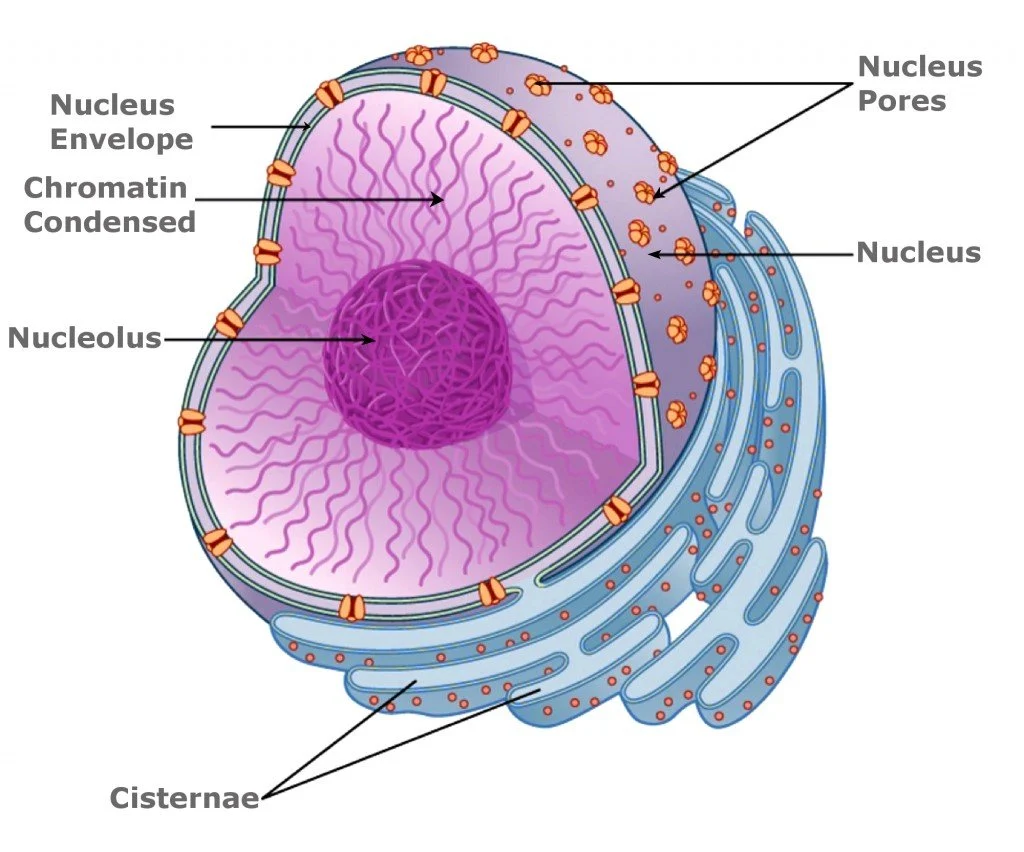
Endosymbiotic Theory
It is believed that the first eukaryotic cells originated from engulfing prokaryotes which in turn made some vast changes to the first cells.
The prokaryotic cells lived symbiotically as a pro-mitochondrion.
The development of multiple mitochondria provides energy for the evolution of additional membrane systems and much larger cells.
The first eukaryotic cells are aerobic.

Protein can move between the compartments in different ways
Gated Transport:
Proteins and RNA molecules move between the cytosol and the nucleus through nuclear pore complexes in the nuclear envelope.
The nuclear pore complexes function as selective gates
supporting specific macromolecules' active transport.
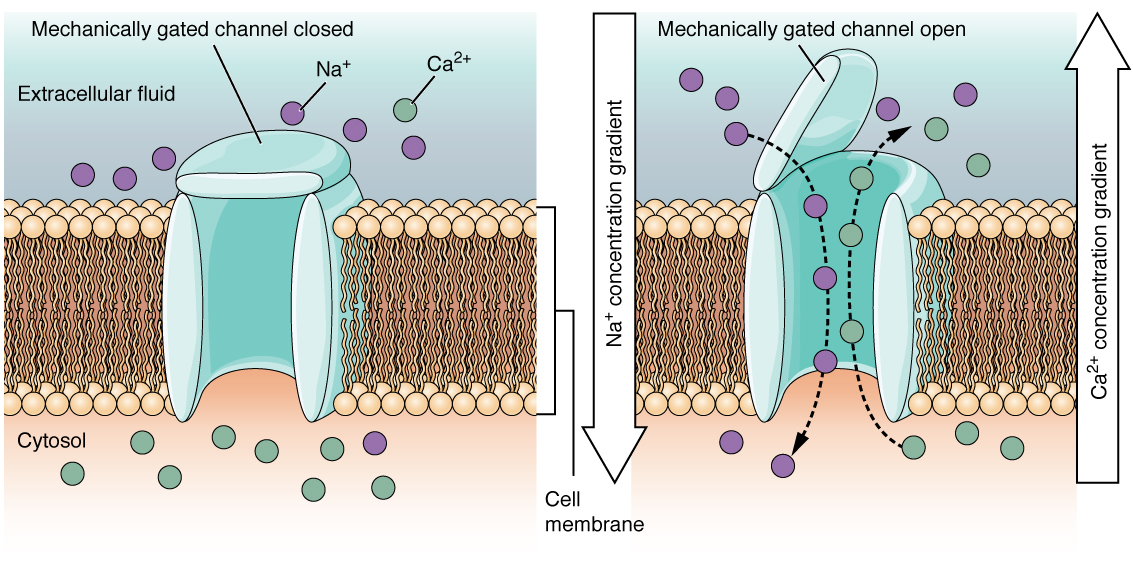
Protein Translocation:
Transmembrane proteins directly transport specific proteins across a membrane from the cytosol into a space that is topologically distinct.
The transported protein molecule usually must unfold to snake the translocator.
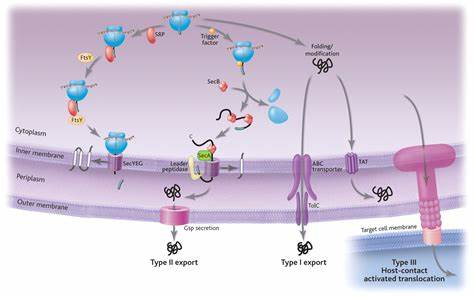
Vesicular Transport:
Membrane-enclosed transport intermediates may be small, spherical transport vesicles or larger, irregularly shaped organelle fragments.
